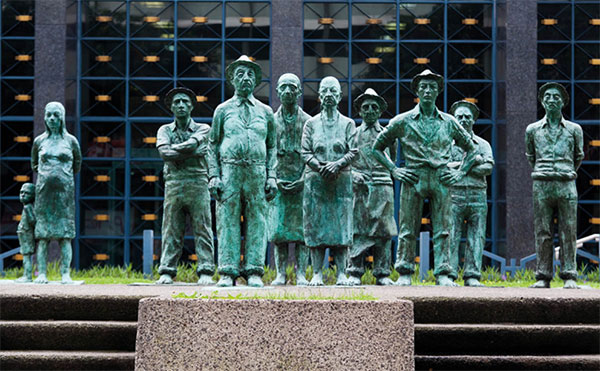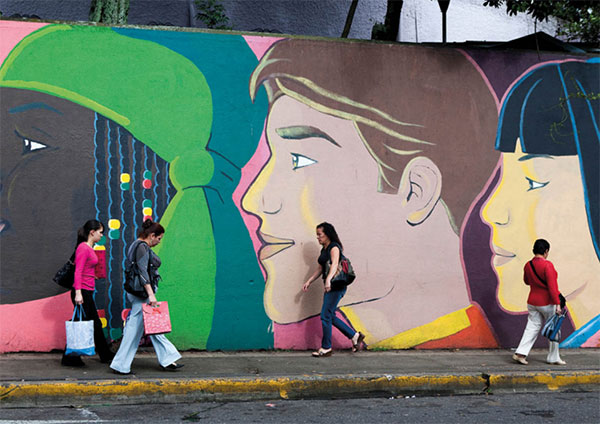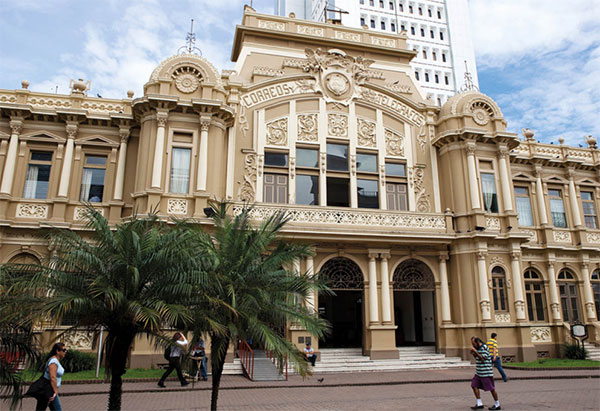Fact
Costa Ricans like to tell the story of how they received independence by mail. In fact, a courier aboard a mule arrived in the Central Valley of Costa Rica with the news on October 13, 1821, nearly a month after colonial officials in Guatemala City had declared independence for Costa Rica from the Spanish Empire.
Calm before the storm
The 1960s and 1970s were essentially peaceful and prosperous decades. The development of a welfare state and bills protecting Indigenous peoples were just two highlights of a progressive regime. But in 1979, the anti-government Sandinista forces in neighboring Nicaragua toppled the Somoza dictatorship. Costa Rica became a fallback area for guerrilla groups and anti-Sandinistas, largely at the behest of the US, to whom Costa Rica was financially indebted.
Equally bad news, if not worse, was the collapse of both the banana and coffee markets, reaching a peak in the early 1980s. Throughout the decade, debt continued to mount. The silver lining on the cloud was provided by its president, Oscar Arias Sánchez, who was trying to mediate a peace settlement in the escalating regional conflicts. By now, El Salvador, Honduras, and Guatemala were also embroiled in various types of war or disputes. Costa Rica, for all its economic problems, was at least an oasis of peace. In 1987, Arias was awarded the Nobel Prize for his efforts to bring peace to Central America.

Monument to Costa Rican Workers in front of the Central Bank building, San José.
Corrie Wingate/Apa Publications
An era of corruption
In 1998 the Social Christian Unity Party (PUSC) won the election under conservative economist Miguel Angel Rodríguez, who pledged to liberalize certain key economic sectors and slash government spending. Despite attracting foreign investment and signing free-trade deals with Canada and Mexico, critics accused his government of a lack of transparency, triggering the largest street demonstrations since the 1948 revolution.
In April 2002, the PUSC retained power with the election of Abel Pacheco, who placed much emphasis on tourism as the country’s greatest economic priority. His tenure, however, was plagued by incompetence, an uncooperative Congress, and a plethora of scandals. In 2004 two ex-presidents were arrested on corruption charges, including Rodríguez, who had to step down from his post as the first-ever Central American Secretary General of the Organization of American States.
The 2006 election was won by the National Liberation Party (PLN)’s Oscar Arias Sánchez with the slimmest of margins. Some 20 years after his first term started in 1986, Arias returned to the Casa Presidencial to preside over the passing, in 2008, of CAFTA, the US-Central American Free Trade Agreement, which had violently polarized the nation. He soon dumped Costa Rica’s long-standing trading partner Taiwan in favor of China.
The 2010 election made history when Laura Chinchilla, former vice-president in the Arias administration, became the first female president of Costa Rica. It was made yet again in October 2010 when former President Rafael Angel Calderón Fournier was found guilty on corruption charges, and became the first president to be sentenced to a prison term. Luis Guillermo Solís of the center-left Citizen’s Action Party (PAC) on a platform of reducing income inequality and eliminating corruption.

Passing by murals promoting racial harmony, San José.
Corrie Wingate/Apa Publications
Positive change
Despite social and economic problems, recent years have seen a string of positive developments in Costa Rica. Since 2012, the country has been investing more in education and health and the government has been taxing the sale of fossil fuels to pay for environmental protection. In 2015, the country produced 99 percent of its electricity from renewable sources and has set an admirable goal to become the first carbon-neutral country by 2021. Unfortunately, this goal proved to be a little over ambitious and a new timeline of 2050 has been set. Meanwhile, the country’s fortunes on the international sporting stage garnered attention in 2014 when the national soccer team (La Sele) made history by reaching the World Cup quarter-finals for the first time. In 2012 and 2016 the UK-based New Economics Foundation, which ranks countries on the basis of life expectancy and ecological footprint, named Costa Rica the happiest place on earth. In 2021, Costa Rica was again named the world’s happiest place in a report by the Wellbeing Economy Alliance.
San José
San José’s metropolitan area, which includes parts of Cartago, Alajuela and Heredia, probably won’t win any beauty prizes. With modern high-rises ranked alongside faded 19th-century buildings, Costa Rica’s capital may seem a jumble at first. Yet visitors soon discover that it possesses a certain Tico charm.
Although traffic pollution and congestion are constant irritants, there are some conservation efforts under way, including restoring notable buildings and turning downtown streets into pleasant traffic-free zones. Some barrios still possess a certain charm: Barrio Amón has some grand mansions, many of them now converted into attractive boutique hotels; Barrio Mexico retains an Art Deco ambiance; and Parque d’España is like a tiny, urban rainforest.
Eat
For lunch, business people, students, and farmers alike usually have a casado (meaning husband) – a hearty combination including rice, beans, cabbage salad, fried sweet plantains, and sauced chicken, fish, or beef. An example of Ticos’ sardonic humor, the name casado derives from the ordinary daily fare a man supposedly receives after he is married.
Orientation
Before you embark on the following tour of the city, or indeed go looking for any address within San José 1 [map] , sit down with a map and familiarize yourself with the city’s grid system of numbered streets (calles), which run north to south, and avenues (avenidas), which run east to west. The northern avenues and eastern streets have odd numbers; the southern avenues and western streets have even numbers. Confusingly, however, buildings are not numbered and, for the most part, only in downtown San José do any streets have names. Addresses are often given in the following format: Metropolitan Cathedral, Calle Central, Avenida 2–4, meaning that it is on the Calle Central between Avenida 2 and Avenida 4. Alternatively, and more commonly, addresses are given in terms of distance in meters (metros), north, south, east, or west from known landmarks.

The Correos, or Central Post Office, San José.
Corrie Wingate/Apa Publications